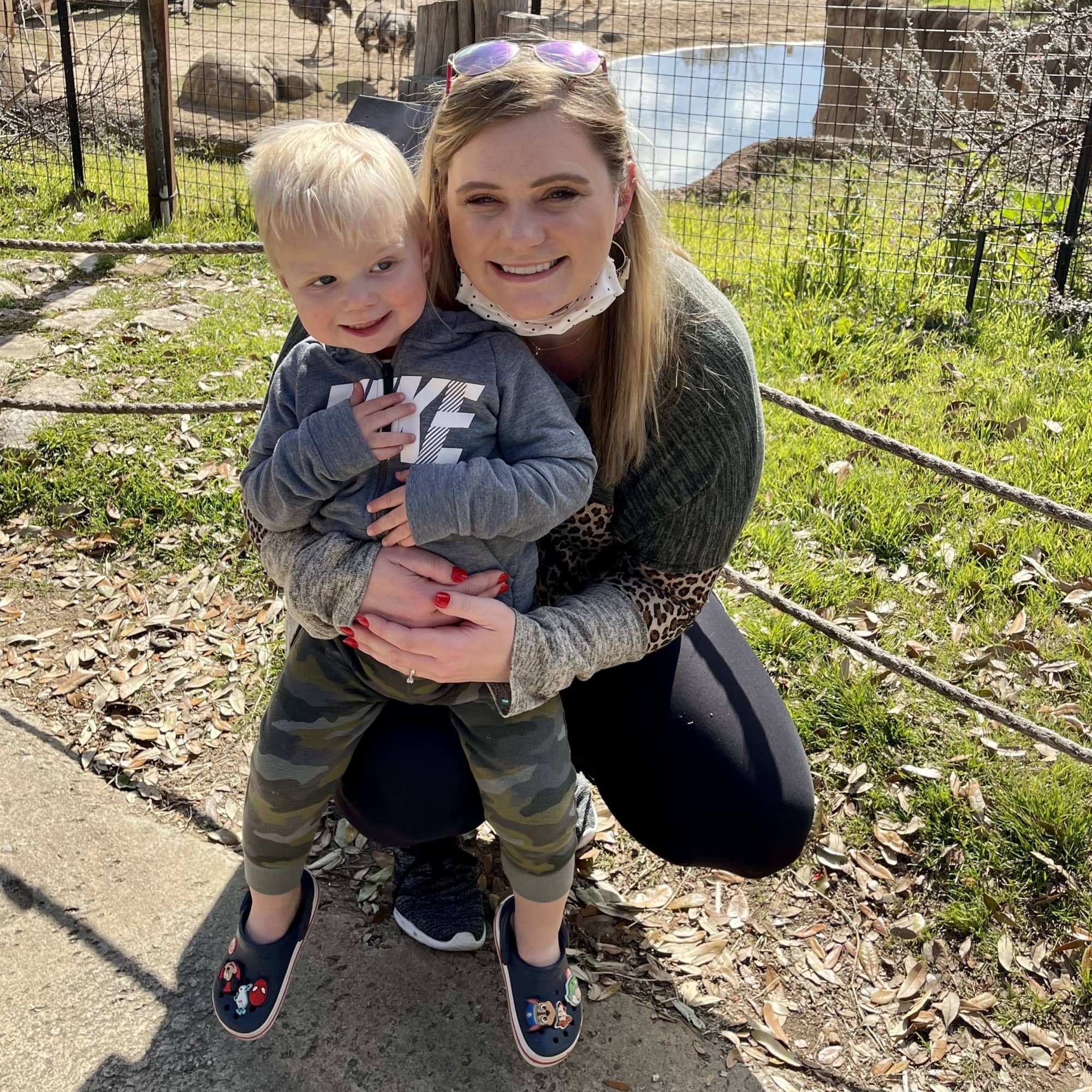
- POPSUGAR Australia
- Living
- I Use “Mummy Timeout” When Disciplining My Toddlers – Here’s How it Works
I Use “Mummy Timeout” When Disciplining My Toddlers – Here’s How it Works

“Mummy, can I get down now?” my 3 year old sweetly asks as he sits next to me on the couch. “Not yet,” I reply. “You’re still in ‘Mummy timeout!'”
Let me explain: “Mummy timeout” is a disciplining tool I use to help give my toddlers a quick reset when they need it. As opposed to regular timeout, in which they sit in a corner alone for a certain amount of time, “Mummy timeout” is when they have to sit right next to me or on my lap while they sort out their feelings, get a break from the situation, and get some precious cuddle time in at the same time. So far, this is my favorite way to handle conflict and tantrums in my house – and with two toddlers a year and a half apart in age, meltdowns, fights, and screaming tantrums happen hourly.
It all started when my oldest son was a baby. This Leo child was walking at 10 months old, fiercely independent, and way too cool for me, way too early in his little life. So, when he threw his toy across the room or threw himself on the ground in a fit, I would simply pick him up and hold him tight against my chest for a little break. I would breathe deeply to help him calm down (even as he squirmed and wiggled), give him tons of kisses, and not let him get down for a minute or two because he was in “Mummy timeout.” (I’ll let you in on a little secret: This was all just a big ruse to get more baby snuggles, OK?)
As he grew older though, this strategy just . . . kept working. Of course, my kids are both disciplined in other ways – regular timeouts, toys being taken away, no TV time – but when they go in “Mummy timeout,” they both come out much happier. It’s simple, really: whenever my 2 year old is biting his older brother, or my 3 year old is running around the house with his little brother’s toys, or they are both fighting over who gets to play with the Captain America toy, I will pick one of them up and tell them it’s time for “Mummy timeout.”
We go over to the couch and they can either sit on my lap or right next to me (I also give them a choice, “would you rather go to regular timeout?” but they always say no). Next, I’ll give the boy-in-question a hug, or I’ll kiss his forehead, or I’ll play with his hair, and I’ll ask him a few questions. What happened? Why did you do that? How did that make you feel? I always make sure to validate his feelings, letting him know I understand and I’m sorry he is sad or upset. After a few minutes, we always talk about other things – if we get a boy dog, we can name him Loki, because that’s Thor’s brother, and did I know that when he’s older, his tooth will wiggle, and a fairy will come and give him a gold coin? – until they forget that they were upset in the first place. The whole thing can last anywhere from three to 20 minutes, depending on their moods and what they need from me. It’s a very subjective process, focused more on showing them love and talking them through their feelings and actions as opposed to disciplining them for the sake of disciplining them (which has its usefulness sometimes too, don’t get me wrong).
I’m no child-raising expert, but I have noticed a few reasons why my “Mummy timeout” works for my toddlers. For starters, it helps to immediately separate them from each other. Even toddlers (maybe especially toddlers) need alone time, so when I remove one boy from the tense situation, the other one gets some quiet time to play on his own. Secondly, it gives the boy getting disciplined one-on-one time and attention. Since I work from home every day, sometimes my toddlers act up or throw fits simply to get my attention. This way, I’m indulging those needs by taking a few moments to give my son my undivided attention and love. It lets him know that I am here for him, I am listening to what’s on his mind, and I care about him. Finally, by cuddling, kissing, and being silly with my kids, it gives me the space to calm down if I’m angry with them, and turn the potentially stressful situation into something more positive.
This can be used anywhere – the playground, the zoo, a playdate, at home. It’s just a way to take a few minutes to tune into what your toddler is thinking and feeling, while stealing a few squishy hugs at the same time. Everyone leaves feeling more relaxed and a little happier. If you have toddlers, you know how precious of a gift that is!

